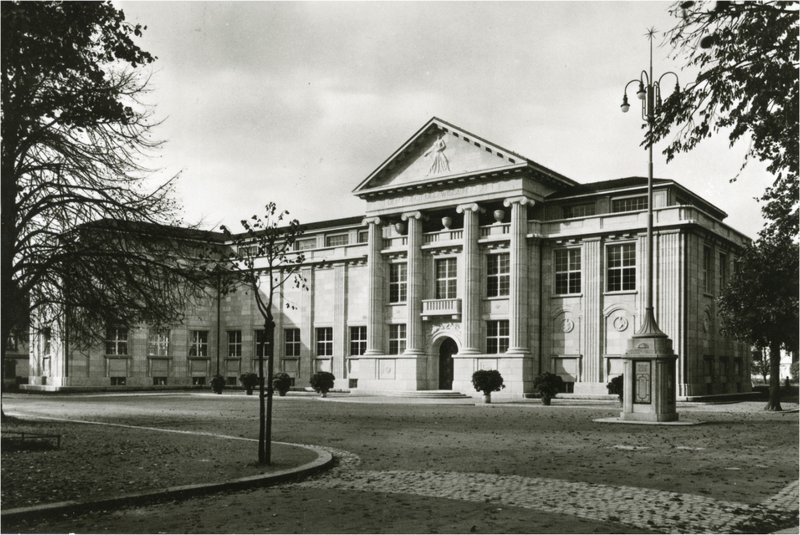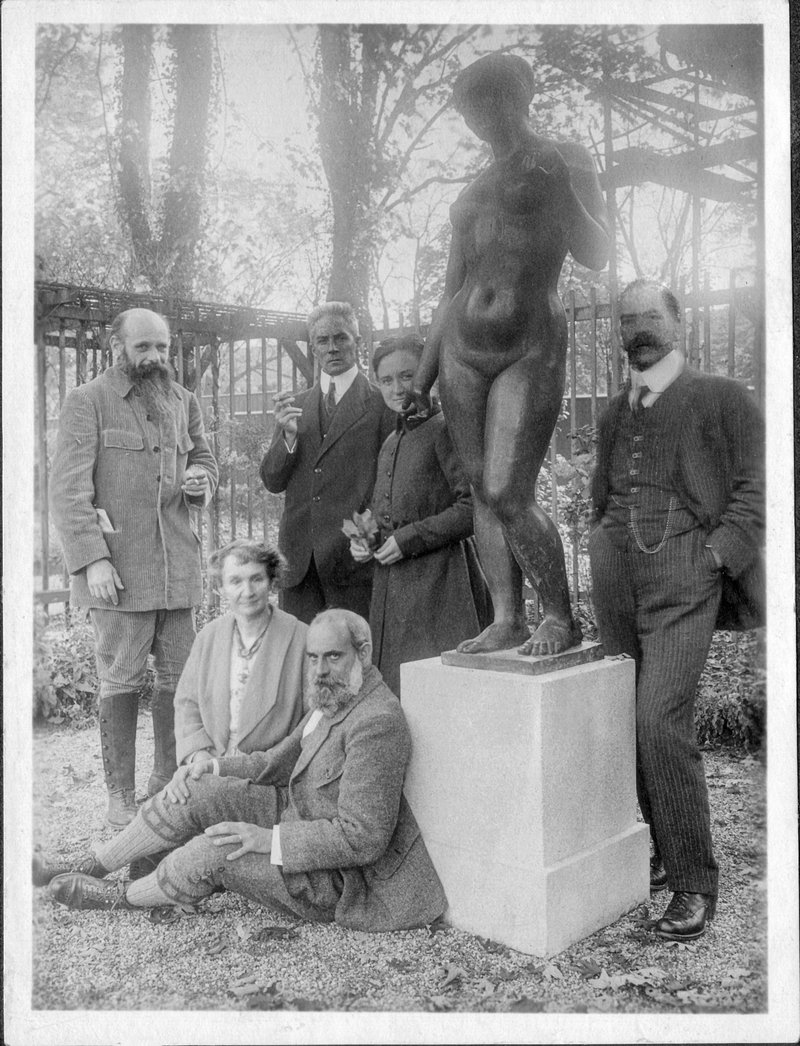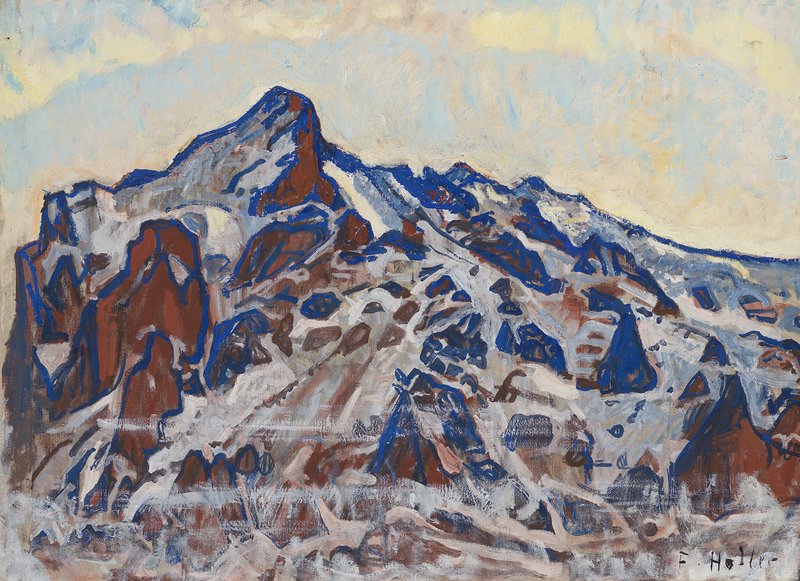The Flora and the art museum

The Kunstmuseum Winterthur shortly after its construction in 1916
The inclusion of the Villa Flora in the Kunst Museum Winterthur is a piece of Winterthur's city and art history. Arthur and Hedy Hahnloser were always closely associated with the Kunstmuseum Winterthur, as well as with the Kunstverein, which still manages the museum today. The collector couple from Villa Flora played a key role in shaping the history of the institution, its collection and its international reputation.
The Kunstverein Winterthur (Winterthur Art Society) was founded in 1848, making it one of the oldest in Switzerland. In its early days, however, it was very conservative and the art it was interested in was of a rather provincial nature. It also did not yet have its own museum; exhibitions were organized in the town hall or other improvised venues.
After 1900, more and more wealthy Winterthur residents began to collect art on a grand scale and support artists. An important role model was Theodor Reinhart, an important patron and collector whose sons later also became great patrons of culture. Oskar and Georg Reinhart were also actively involved in the new art museum.
In addition to the wealthy Reinharts and the committed Hahnlosers with the architect Robert Rittmeyer, the photographer Hermann Linck and the wealthy Richard Bühler, more and more cosmopolitan art lovers and collectors were to be found in the up-and-coming industrial city of Winterthur, who were looking beyond the limits of the meagre Swiss cultural landscape.

Ker-Xavier Roussel, Richard Bühler, Jeanne Manguin and Arthur Hahnloser (from left to right), Hedy Hahnloser and Henri Manguin (seated), 1916 in the Flora garden
When a group of these young and interested people, who met regularly at the Villa Flora for the so-called "Revolutionary Coffee", took over the board of the Kunstverein in 1907, a new era dawned in Winterthur's culture. It was the so-called "glorious decade", when Winterthur became the most progressive art city in the whole of Switzerland and in 1916, in the middle of the First World War, afforded itself a state-of-the-art museum – financed mainly by private individuals.
Arthur and Hedy Hahnloser played a major role in this development, as it was in their home, the Villa Flora, that these plans were hatched. And it was also their home where the latest art from Paris could be seen and with which they significantly shaped the taste of Winterthur's cultural scene and thus also the Kunstverein's acquisition policy.
Although only men were admitted to the Kunstverein and Arthur Hahnloser was on the board, it was clear to all insiders that Hedy was the gray eminence in the background. Richard Bühler, president of the association for many years, wrote in retrospect about Hedy that she "influenced the Kunstverein and its collection to a far greater extent than some would like to admit". There were also repeated nasal remarks that the Kunstverein was now simply adopting the tastes of the Hahnloser couple, but Richard Bühler remained cool: "I calmly accepted accusations of riding in the wake of Flora in the quiet conviction that vassalage of this kind was righteous service to a high cause."

Ferdinand Hodler, Das Wetterhorn, around 1912
Joint gift from Arthur Hahnloser and Richard Bühler to the Kunstmuseum in 1913
Arthur and Hedy were committed to the Kunstverein throughout their lives. Not only with time, ideas and commitment, but also with pictures. Over the years, numerous paintings were donated to the museum. These included important paintings by Ferdinand Hodler, Pierre Bonnard, Félix Vallotton and van Gogh.


